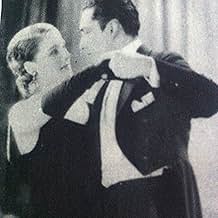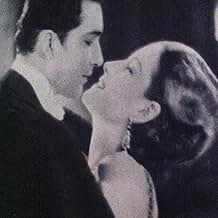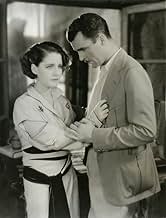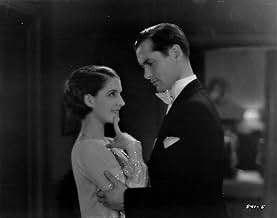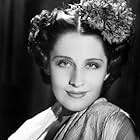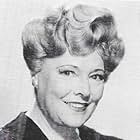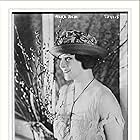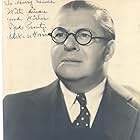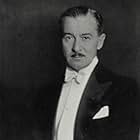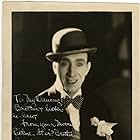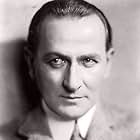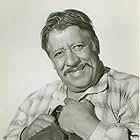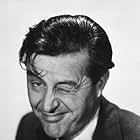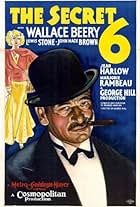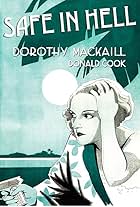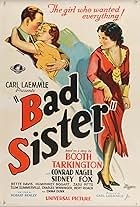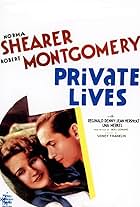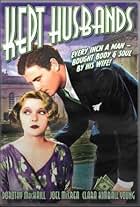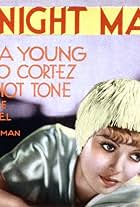Against her friends wishes, Lisbeth moves to Mexico to live with her lover.Against her friends wishes, Lisbeth moves to Mexico to live with her lover.Against her friends wishes, Lisbeth moves to Mexico to live with her lover.
André Cheron
- Headwaiter
- (uncredited)
Bess Flowers
- Diner
- (uncredited)
Wilbur Mack
- Diner with Andrew
- (uncredited)
Chris-Pin Martin
- Mexican
- (uncredited)
Ray Milland
- 3rd Admirer
- (uncredited)
Sandra Morgan
- Dining Companion
- (uncredited)
- Director
- Writer
- All cast & crew
- Production, box office & more at IMDbPro
Storyline
Did you know
- TriviaBased on a book of the same name by Ursula Parrott. Parrott also wrote the book which "The Divorcee" was based on.
- GoofsDuring the opening of the movie, when Lisbeth (Norma Shearer) and Alan (Neil Hamilton) get off the plane they were flying in, there is no pilot visible when the plane door opens.
- Quotes
Lisbeth Corbin: I'm in an orgy, wallowing, and I love it.
- ConnectionsFeatured in Complicated Women (2003)
- SoundtracksSilent Night, Holy Night
(1818) (uncredited)
Music by Franz Xaver Gruber
Played on the piano by Norma Shearer
Featured review
I find much to agree with in all of the comments made about this film. The hypocritical morals are obvious. The disparity between Norma Shearer's acting style, nurtured in silent films, and Robert Montgomery's style, which does anticipate a more modern approach, is also apparent. The costumes and sets are marvelous and capture the milieu with authenticity and panache. But not being a great fan of Miss Shearer, I did, indeed, grow weary of seeing her throw her head back in laughter. I wholeheartedly agree that Robert Montgomery steals the show.
The content of this film makes it racy in any era. The montage of scenes depicting Shearer with man after man makes the point clearly enough without being as explicit as a contemporary film. In fact that method of story telling is one of the key distinctions between films from the Golden Age of Hollywood and contemporary cinema. This method either appeals to an individual's tastes today or doesn't (and it is that bias which often forms the basis of comments found in forums such as this). For the record, I appreciate a less explicit approach to cinema.
The only point I would like to make more explicit is that I found it impossible to see what: 1) Miss Shearer's character saw in her caddish married lover or 2) what Mr. Montgomery's character saw in Miss Shearer's character. The only person who seemed the slightest bit attractive was Montgomery's character (despite his penchant for the bottle), who nobody found desirable.
Filmed today, this movie would probably explore the rejected woman's past, searching for psychological explanations for her preference of an abusive mate over a warm, caring one. This film, therefore, might have been an interesting psychological study and made a little more sense. But filmed in 1930, cinema had a long way to go before really delving into such explorations. Even Bette Davis' landmark portrayal of Mildred in 1934's "Of Human Bondage" is not so much an exploration as a portrait.
The content of this film makes it racy in any era. The montage of scenes depicting Shearer with man after man makes the point clearly enough without being as explicit as a contemporary film. In fact that method of story telling is one of the key distinctions between films from the Golden Age of Hollywood and contemporary cinema. This method either appeals to an individual's tastes today or doesn't (and it is that bias which often forms the basis of comments found in forums such as this). For the record, I appreciate a less explicit approach to cinema.
The only point I would like to make more explicit is that I found it impossible to see what: 1) Miss Shearer's character saw in her caddish married lover or 2) what Mr. Montgomery's character saw in Miss Shearer's character. The only person who seemed the slightest bit attractive was Montgomery's character (despite his penchant for the bottle), who nobody found desirable.
Filmed today, this movie would probably explore the rejected woman's past, searching for psychological explanations for her preference of an abusive mate over a warm, caring one. This film, therefore, might have been an interesting psychological study and made a little more sense. But filmed in 1930, cinema had a long way to go before really delving into such explorations. Even Bette Davis' landmark portrayal of Mildred in 1934's "Of Human Bondage" is not so much an exploration as a portrait.
Details
- Release date
- Country of origin
- Languages
- Also known as
- Besos al parar
- Filming locations
- Production company
- See more company credits at IMDbPro
- Runtime1 hour 21 minutes
- Color
Contribute to this page
Suggest an edit or add missing content





